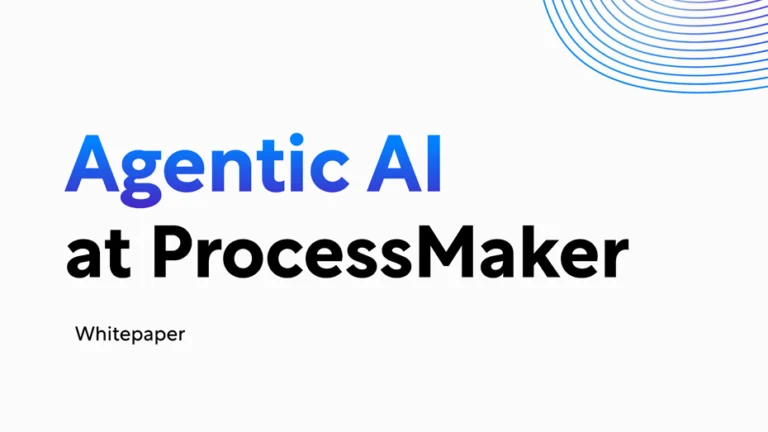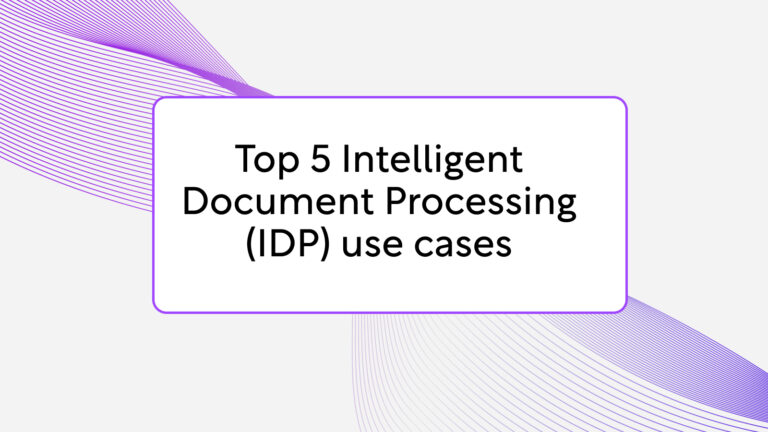At the end of 2021 LIBOR, the most widely used interest rate benchmark in the financial markets is expected to cease. That means that financial institutions have about ten months left to transition to Alternative Reference Rates (ARRs). As LIBOR (London Interbank Offered Rate) has been used in a wide variety of financial products and instruments, this represents a critical, complex challenge for many financial institutions including potential financial, legal, operational, conduct and reputation risk.
InterBank Offered Rates (IBORs) are interest rate benchmarks that have been used for the last 40 years. LIBOR is the most widely used interest rate benchmark in financial markets, estimated to be referenced in over $US200 trillion of financial products, including bonds, derivatives, and loans. Other interest rate benchmarks applied are for example EURIBOR and TIBOR.
When it comes to contract management, financial institutions need to prepare this transition well, because often hundreds of thousands of contract documents are involved. To ensure a smooth transition financial institutions need to take the following steps:
Step 1: Identify all potentially affected contracts
The first step is identifying all potentially affected contracts, reviewing, and remediating all active contracts that reference an IBOR rate. These contract documents are often stored in several systems and in hardcopy records. As thousands or hundreds of thousands of contracts are impacted, isolating the specific contracts in need of remediation can be a labour-intensive task to face.
However, document intelligence solutions can automate the discovery and extraction of clauses and phrases containing relevant references to IBOR rates. For this, technology such as optical character recognition (OCR), search, and artificial intelligence/machine learning (AI/ML) is applied. This prevents financial institutions from manually analyzing all contract documents.
Step 2: Categorize and extract clauses/phrases
After automated identification, all documents will be categorized and extracted clauses or phrases will be presented and can be exported in a structured manner for consumption by the involved legal team. To support risk management and setting priorities, the categorization doesn’t only identify possible exposure but also distinguishes between direct and indirect exposure to clients. Integration with external (human) workflow solutions to pass on the document and extracted data is often also possible.
Step 3: Adapt the contracts involved
After passing on the documents, legal teams or other staff involved in the adaptation process can make the necessary changes. As document intelligence solutions are also capable of prioritizing, they can make a head start with the key documents that involve direct exposure to clients.
Step 4: Verify the changes
The final step in the process is checking if all documents have been adapted to Alternative Reference Rates. The optical character recognition (OCR), and artificial intelligence/machine learning (AI/ML) technology in document intelligence solutions can be leveraged to also automate the final stage of this process.
Up to 70% time saving with document intelligence solutions
By deploying document intelligence solutions financial institutions can significantly reduce the time needed to go through this process. Shortening the time needed for document discovery, review and processing time results in significant cost savings. Manual efforts can be reduced up to 70% depending on the existing level of digitization and maturity level of digital contract (lifecycle) management within companies.





